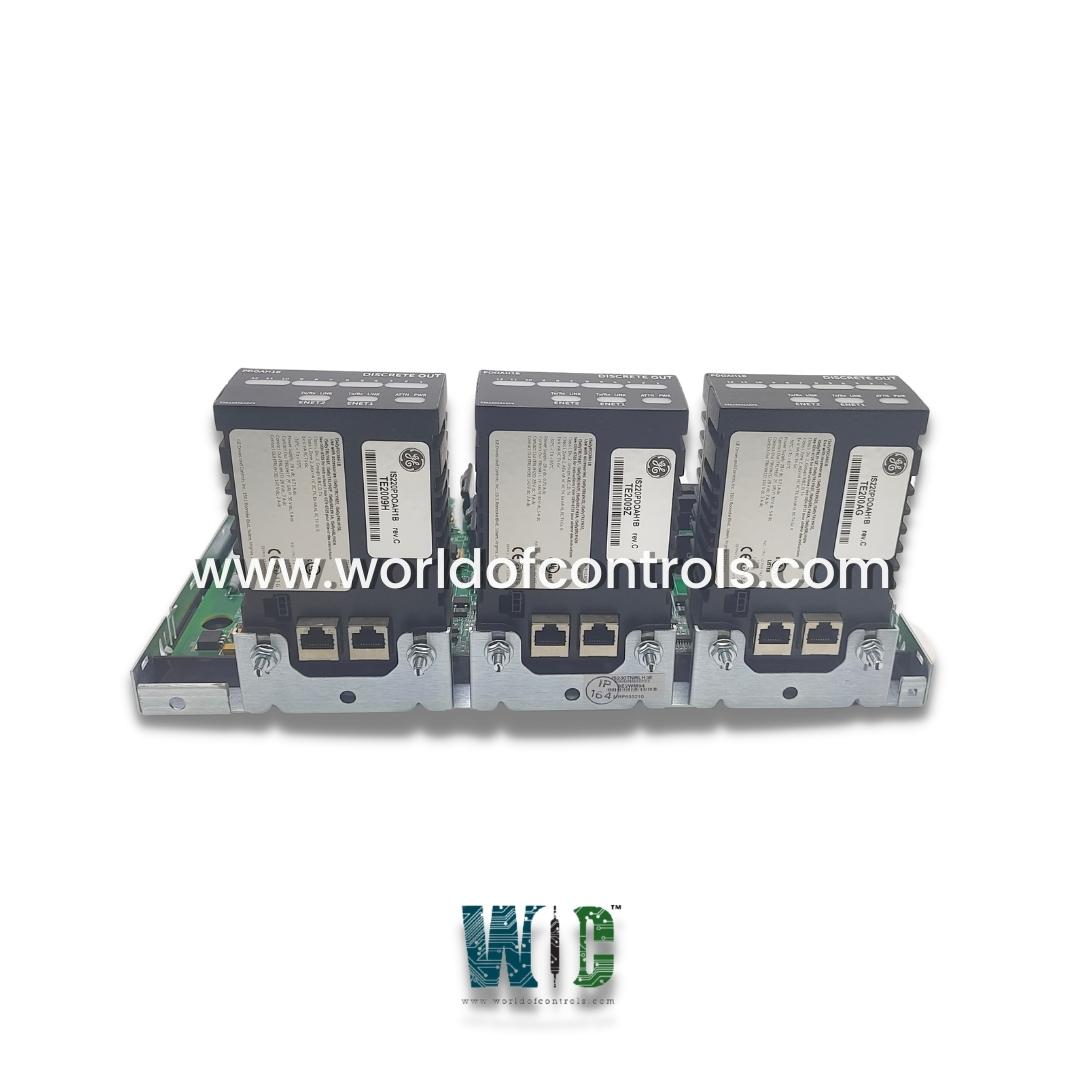
World Of Controls understands the criticality of your requirement and works towards reducing the lead time as much as possible.
IS230TNRTH2D - Relay Output DIN-Rail Module is available in stock which ships the same day.
IS230TNRTH2D - Relay Output DIN-Rail Module comes in UNUSED as well as REBUILT condition.
To avail our best deals for IS230TNRTH2D - Relay Output DIN-Rail Module, contact us and we will get back to you within 24 hours.
SPECIFICATIONS:
Part Number: IS230TNRTH2D
Manufacturer: General Electric
Series: Mark VIe
Product Type: Relay Output DIN-Rail Module
Number of channels: 12
Common Mode Voltage Range: +5 V dc
Maximum Lead Resistance: 15Ω
Analog output current: 0-20 mA
Operating temperature: -30 to 65 °C
Size: 8.26 cm high x 4.18 cm
Frequency: 50 or 60 Hz
Repair: 3-7 Day
Availability: In Stock
Weight: 2 lbs
Country of Origin: United States
FUNCTIONAL DESCRIPTION:
IS230TNRTH2D is a Relay Output DIN-Rail Module manufactured and designed by General Electric as part of the Mark VIe Series used in GE Distributed Turbine Control Systems. A relay output DIN-rail module is a device used in industrial automation and control systems to provide switching capabilities for electrical signals. It is designed to be mounted on a DIN rail, which is a standardized metal rail used for easy installation and organization of various electrical and electronic devices. The relay output module typically consists of multiple relays, each with its own output channel. These relays act as switches that can control the flow of electrical current to external devices or equipment. The module is connected to a control system or a programmable logic controller (PLC) and is used to interface between the control system and the external devices.
The number of relays and output channels on a DIN-rail module can vary depending on the specific model and requirements of the application. Each relay typically has a set of input terminals for connecting to the control system, and a set of output terminals for connecting to the external devices. The control system can send signals to the module to activate or deactivate the relays, thereby controlling the operation of the connected devices. Relay output DIN-rail modules are commonly used in industrial automation applications such as motor control, lighting control, machine automation, and process control. They provide a convenient and reliable means of switching electrical signals in these systems, allowing for remote control and automation of various processes.
FEATURES:
Relay output DIN-rail modules come with a range of features that enhance their functionality and suitability for industrial automation and control systems. Here are some common features you can expect to find in these modules:
Number of Relays: DIN-rail modules can have multiple relays, typically ranging from a few to several dozen, depending on the specific model. The number of relays determines how many output channels the module can control.
Contact Configuration: Relays can have different contact configurations, such as normally open (NO), normally closed (NC), or changeover (CO). This allows for flexibility in switching different types of loads and accommodating different system requirements.
Voltage and Current Ratings: Relay modules are designed to handle specific voltage and current levels. The ratings can vary between models, so it's important to choose a module that matches the electrical requirements of your application.
Input Compatibility: DIN-rail modules can have various input compatibility options. They may accept different types of input signals, such as digital or analog signals, and support different communication protocols like Modbus, Profibus, or Ethernet. This allows for seamless integration with the control system or PLC.
Industrial-Grade Durability: Relay output DIN-rail modules are built to withstand harsh industrial environments. They are often designed with robust housing, high-quality components, and temperature resistance to ensure reliable operation even in demanding conditions.
WOC has the largest stock of GE Distributed Turbine Control System Replacement Parts. We can also repair your faulty boards. WORLD OF CONTROLS can also supply unused and rebuilt backed-up with a warranty. Our team of experts is available round the clock to support your OEM needs. Our team of experts at WOC is happy to assist you with any of your automation requirements. For pricing and availability on any parts and repairs, kindly get in touch with our team by phone or email.
What is the purpose of a relay output DIN-rail module?
A relay output DIN-rail module is used to provide switching capabilities for electrical signals in industrial automation and control systems. It allows control systems or PLCs to activate or deactivate relays, which in turn control the operation of external devices or equipment.
How do I select the right relay output DIN-rail module for my application?
When selecting a module, consider factors such as the number of relays and channels, voltage and current ratings, switching capacity, input compatibility, and compatibility with your control system or PLC. Ensure that the module meets the electrical requirements and specifications of your application.
How do I wire a relay output DIN-rail module?
Relay output modules typically have terminal blocks for easy wiring. Follow the manufacturer's instructions and guidelines to connect the input and output terminals of the module to your control system and external devices, respectively.